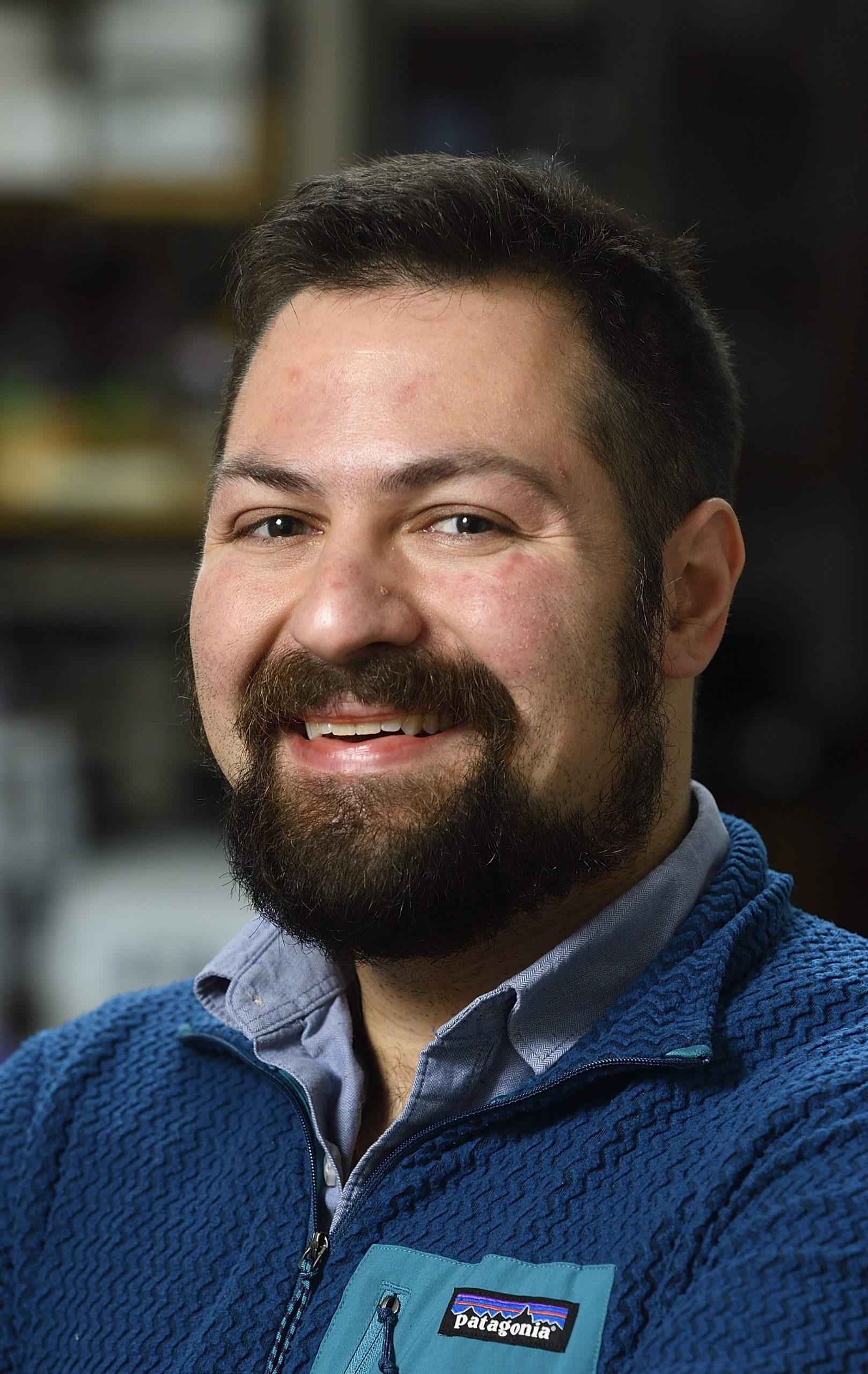
Stephen Fried (he/him/his)
Assistant Professor
Contact Information
- sdfried@jhu.edu
- Curriculum Vitae
- Remsen 121
- 410-516-7835
- Group/Lab Website
- Google Scholar Profile
Research Interests: Biophysics, Chemical and Synthetic Biology
Education: PhD, Stanford University
Stephen Fried is a native of Kansas City. He received two S.B. degrees (2009) from MIT in chemistry and physics and completed his doctoral training at Stanford under the mentorship of Prof. S. G. Boxer in 2014. As a graduate student, Stephen's research focused on understanding the physical principles underpinning enzymes’ catalytic power. From 2014 to 2018, Stephen was a Junior Research Fellow of King’s College and conducted research at the MRC Laboratory of Molecular Biology in Cambridge, United Kingdom. In Cambridge, Stephen’s research focus shifted to chemical and synthetic biology. His post-doctoral work led to the co-invention of the stapled ribosome, the discovery of many new orthogonal tRNA-synthetase pairs for genetic code expansion, and the first systematic investigation of tRNA decoding patterns in vivo. Stephen joined the Department of Chemistry in 2018 as an assistant professor. In 2019, he became a member of the Program in Molecular Biophysics (PMB). In 2020, he became part of the Chemistry-Biology Interface (CBI) program and an Assistant Professor in the Department of Biology, by courtesy. Stephen has been the recipient of the HFSP Young Investigator Award and the NIH Director’s New Innovator Award.
Working at the intersection of protein biophysics, proteomics, and synthetic biology, our lab is interested in elucidating how proteins fold and assemble into complex molecular architectures in their native cellular context, as well as developing approaches to reprogram and exploit these mechanisms to direct the synthesis of protein materials. The goals of these two lines of research are to uncover molecular mechanisms behind genetic diseases and neurodegeneration, and to create the foundation for a sustainable biologically-derived material culture in the future. We also are also interested in the folding of ancient proteins, and how their properties shaped the Origin of Life.
(1) Decades of research on protein folding have focused on small, purified, model proteins that can reversibly refold out of a denaturant in vitro. Though important for establishing physical models, these studies are sufficiently disconnected from how proteins fold ‘in real life’ (e.g., on the ribosome, with chaperones) that they have contributed relatively little to the development of medicines that could treat the many diseases caused by protein misfolding and misassembly.
We have shown that many proteins are not reversibly refoldable, suggesting that the kinetics of translation may play important – but poorly understood – roles in helping proteins navigate their free energy landscapes and find their native states.
To obtain structural snapshots of protein folding intermediates as they come off the ribosome in living cells, we combine cross-linking with mass spectrometry. These methods allow structural information to get ‘frozen’ into protein molecules through covalent bonds. More broadly, we are interested in utilizing proteomic methods to address biophysical questions. In recent years, mass spectrometry has become the dominant tool of proteomics and it is frequently used to identity and quantify thousands of proteins, though it is seldom employed as a biophysical technique. We devise approaches to encode structural, kinetic, and mechanistic information about proteins into mass, crosslinks, or cleavage sites so that we can employ MS-based methods to interrogate the proteins biophysics globally, sensitively, and (if desired) in vivo.
These studies are motivated by our desire to establish molecular mechanisms behind several genetic diseases (e.g., haemophilia, cystic fibrosis) and neurodegeneration.
(2) We are interested in reprogramming ribosomal translation and the protein export machinery to synthesize protein-based materials. The goal is to optimize these molecular machines so that communities of microbes can cooperate to ‘nanolathe’ macroscopic objects of defined structure and composition, and which in turn can be readily decomposed into molecular building blocks. To achieve this, we employ ribozymes that can manipulate messenger RNA and ribosomes during translation, enabling the execution of loops and dynamic controls elements during protein synthesis. This control of translation will facilitate the synthesis, and ultimately the evolution, of complex fibrous proteins with hierarchical structures. This project is aimed at harnessing the considerable developments in synthetic biology toward addressing pressing environmental concerns.